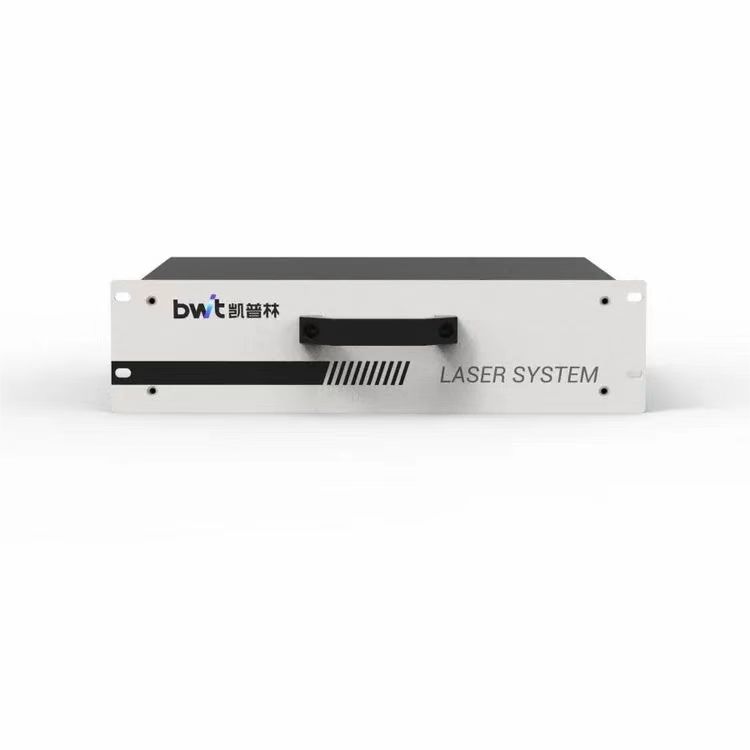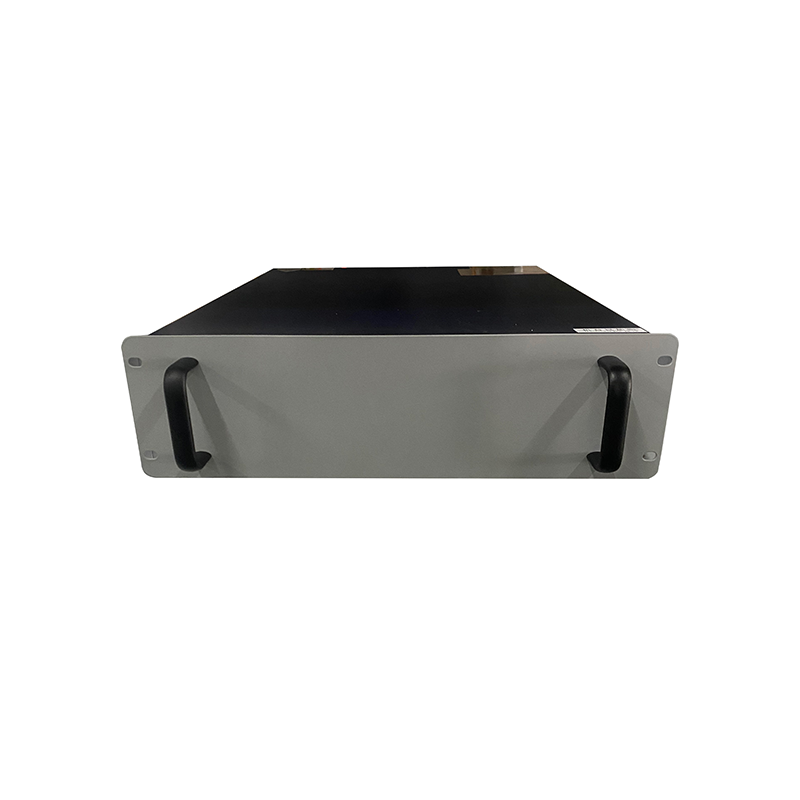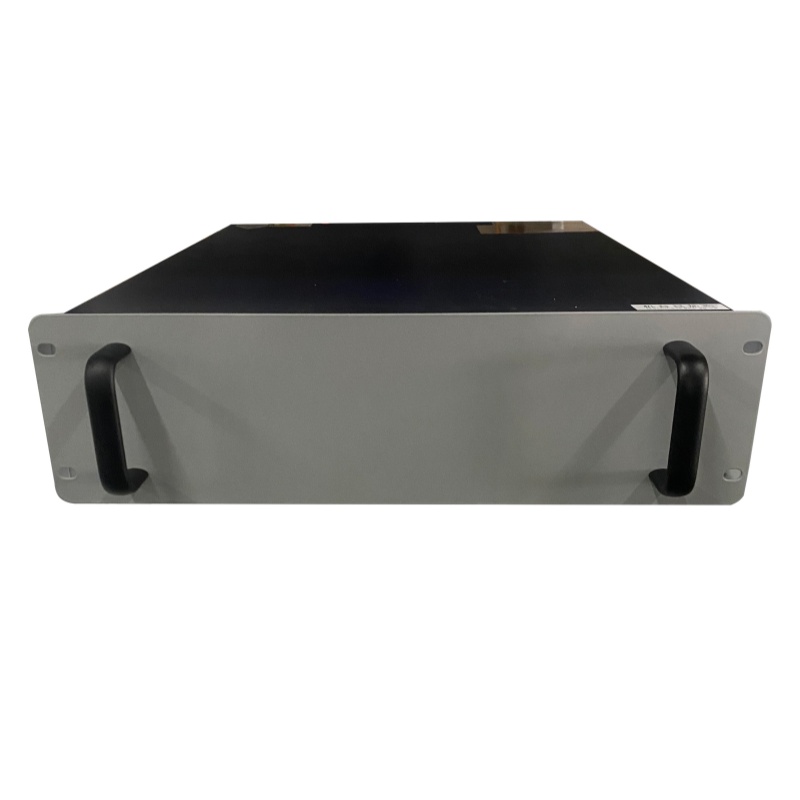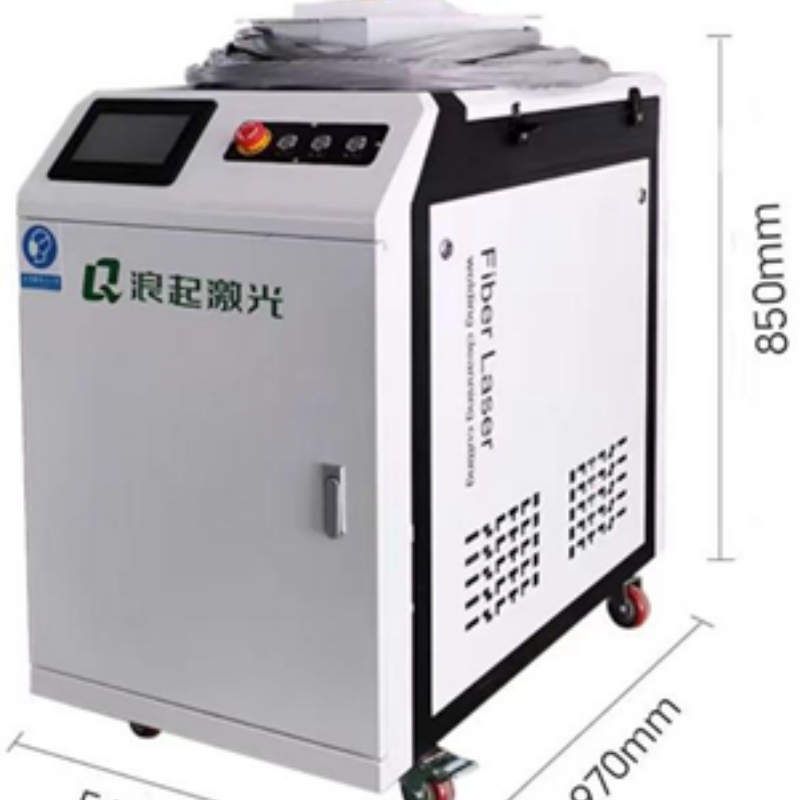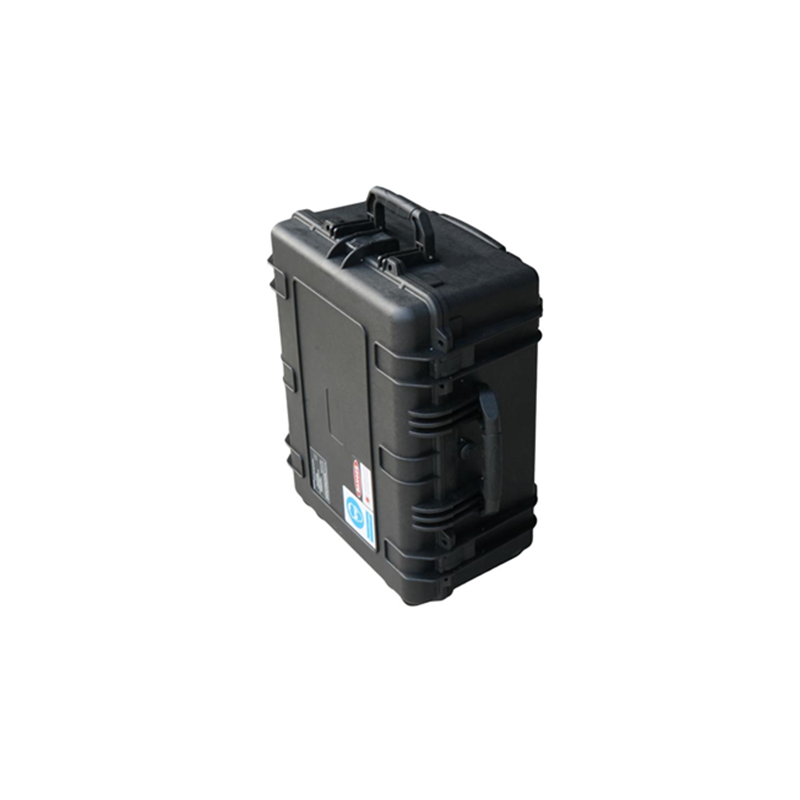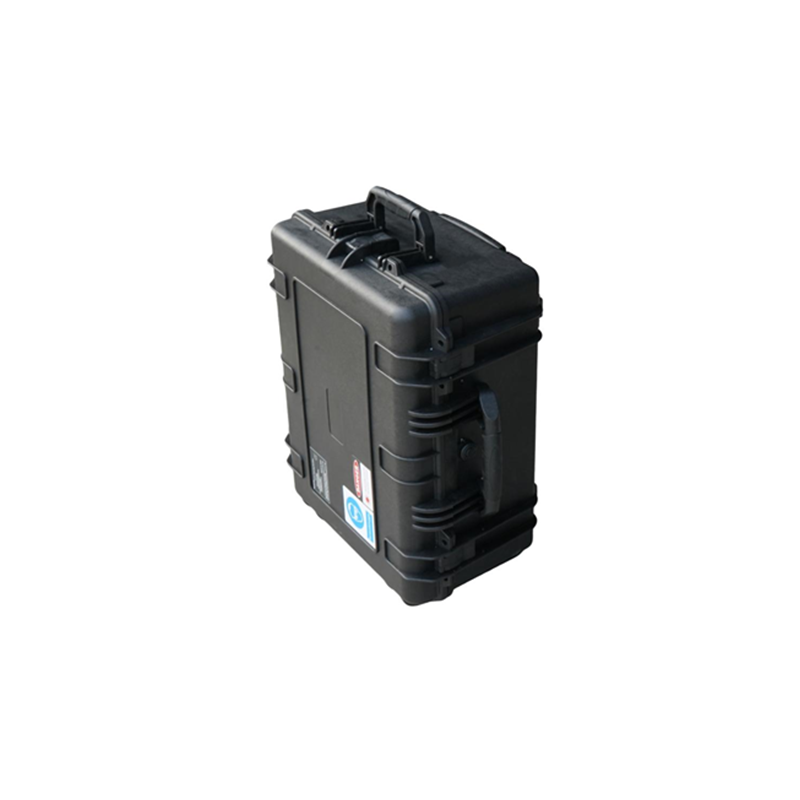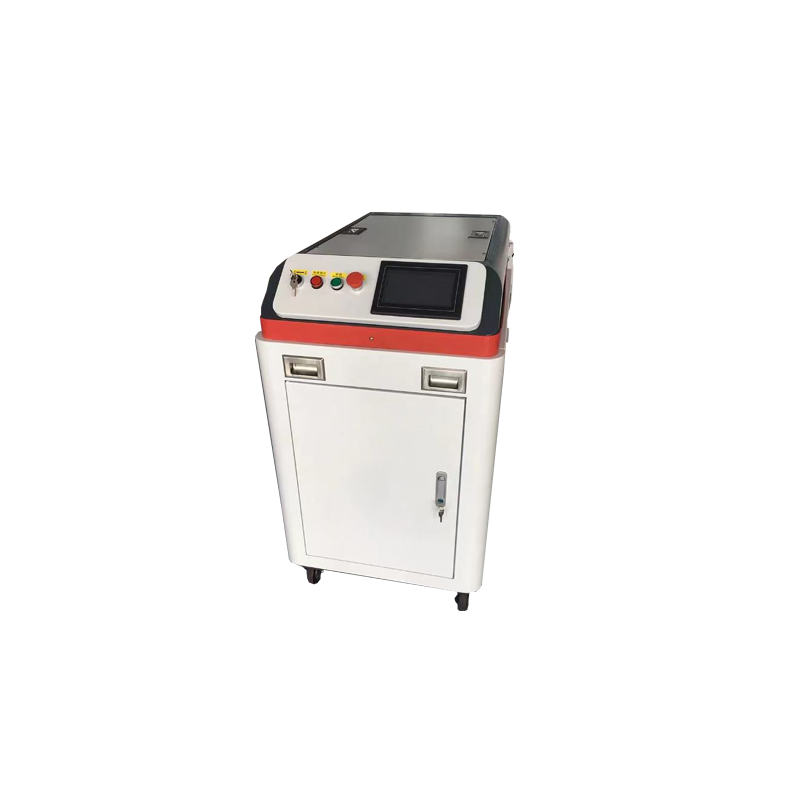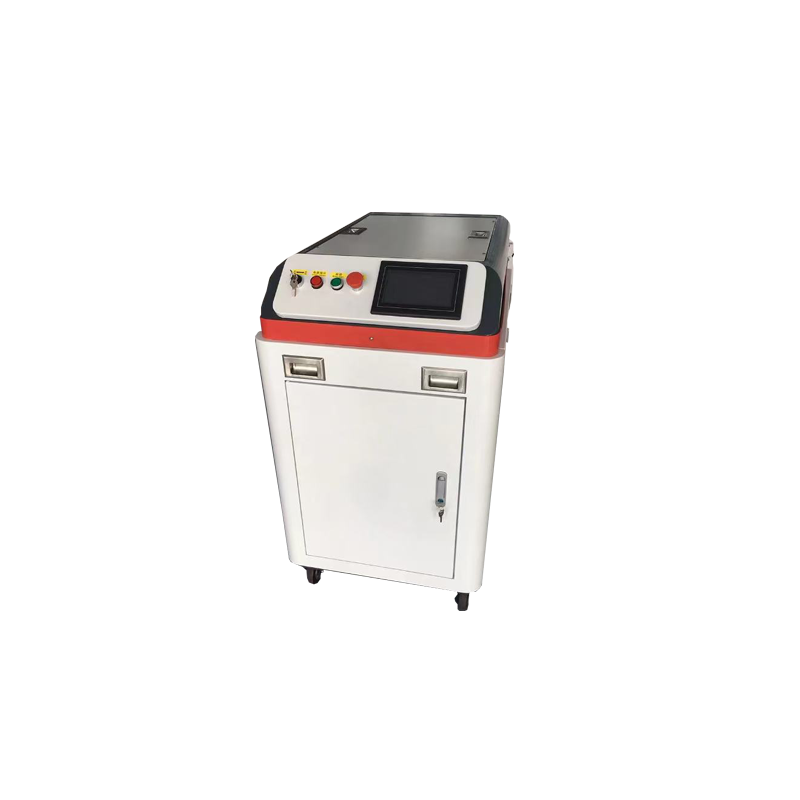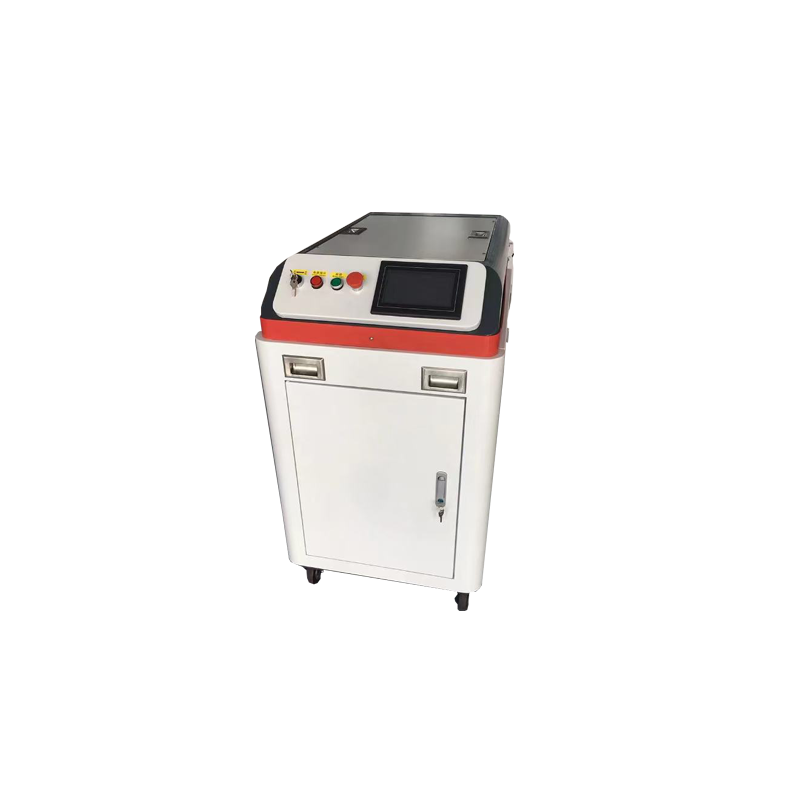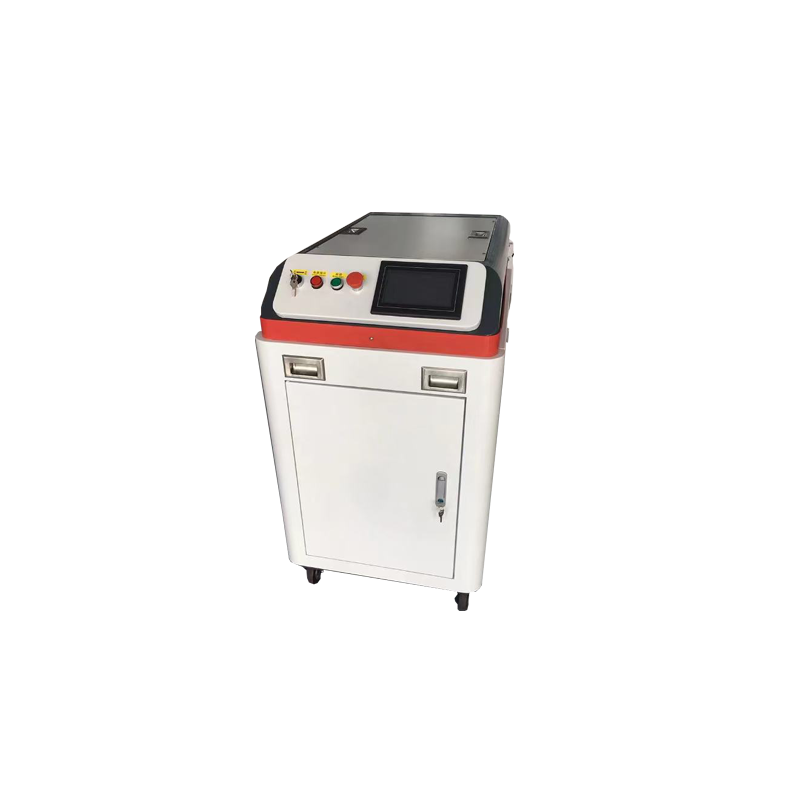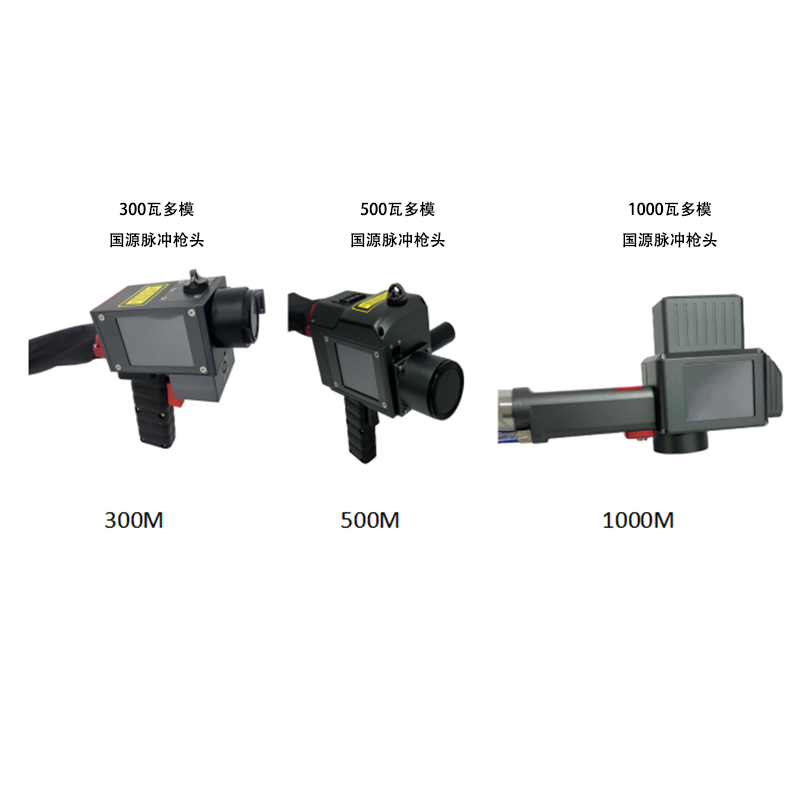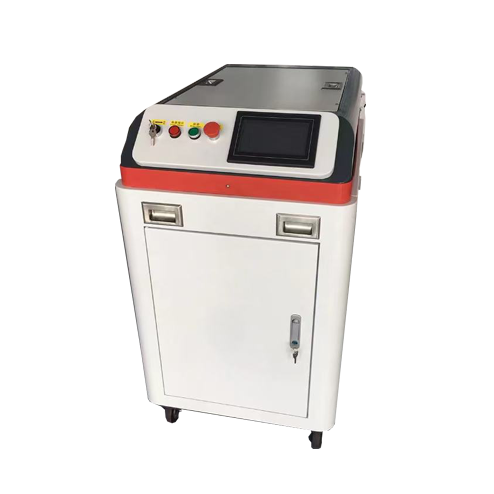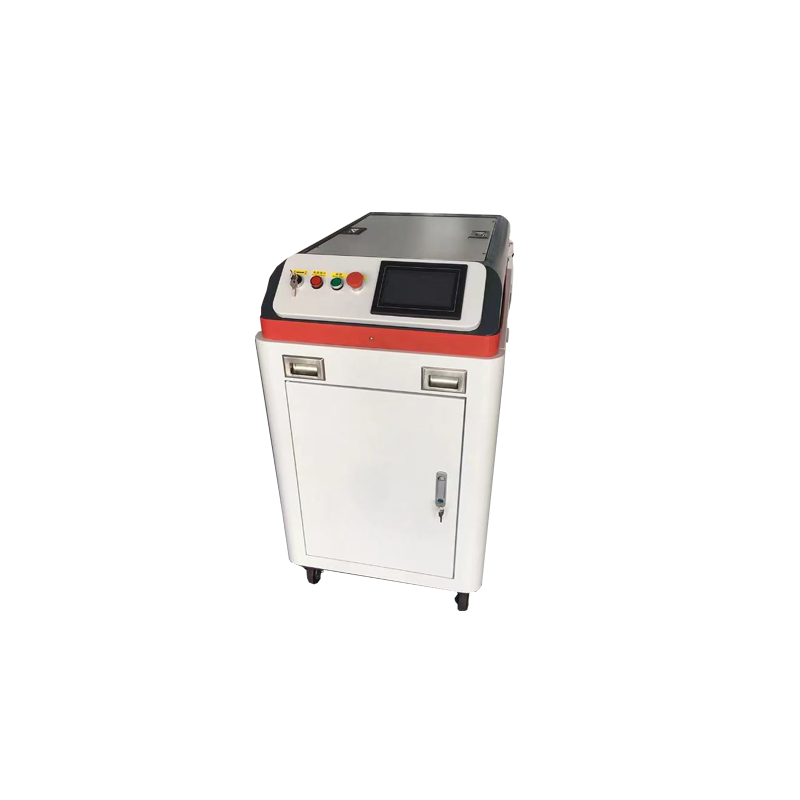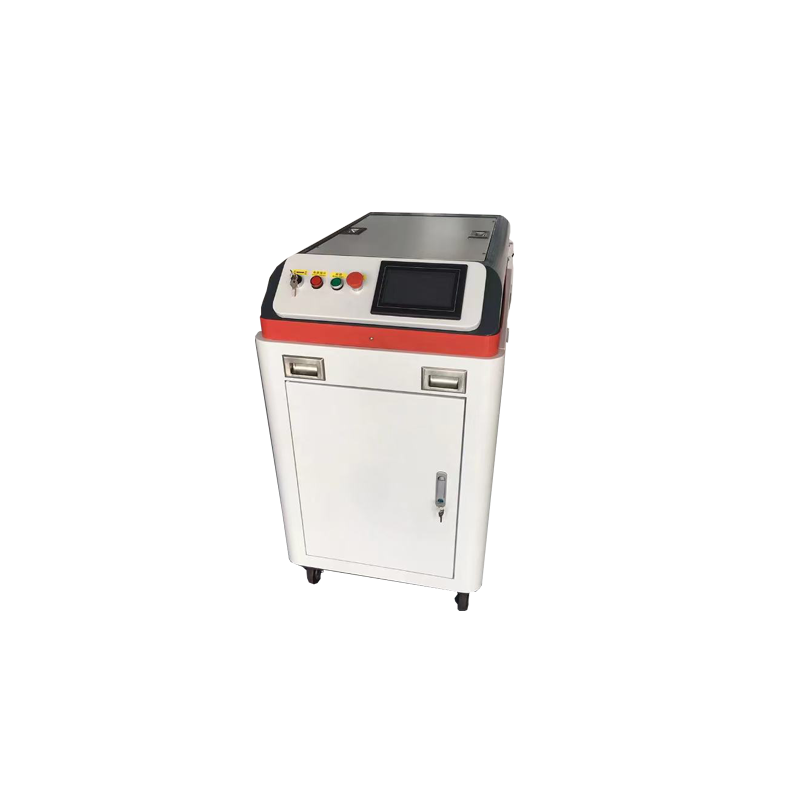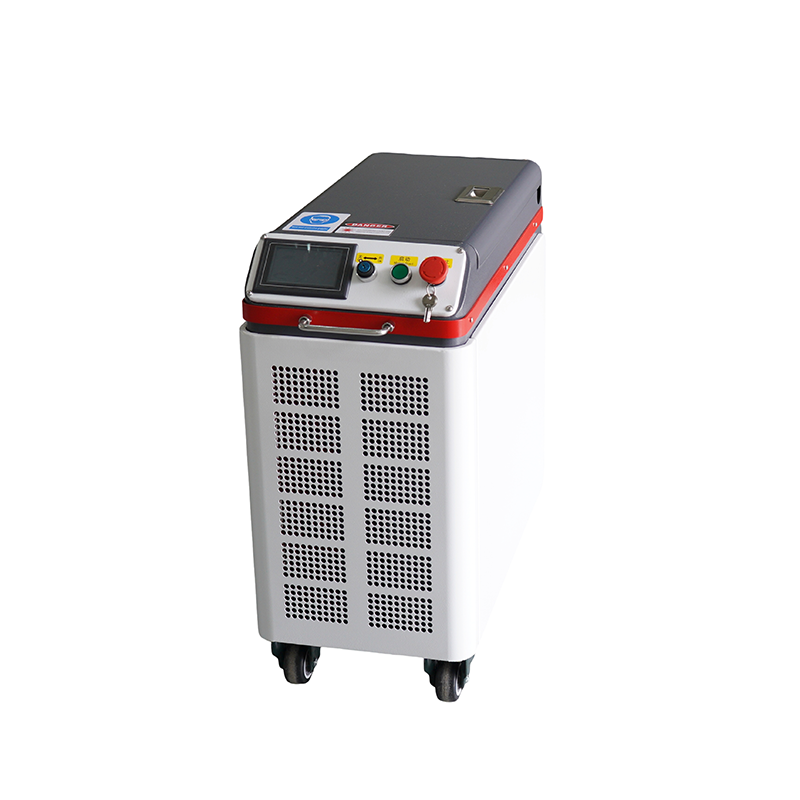The size and weight of a fiber laser source depend on several factors, including its power output, cooling method, integrated components, and manufacturer design. Below is a general breakdown:
1. Power Output & Typical Size/Weight
| Laser Power | Approximate Size (L×W×H) | Approximate Weight | Cooling Method |
|---|---|---|---|
| 10W - 50W | 300 × 200 × 150 mm | 5 - 10 kg | Air-cooled (fan) |
| 50W - 200W | 400 × 300 × 200 mm | 10 - 25 kg | Air-cooled / Water-cooled |
| 200W - 500W | 500 × 400 × 300 mm | 25 - 50 kg | Water-cooled |
| 500W - 1kW | 600 × 500 × 400 mm | 50 - 100 kg | Water-cooled (chiller required) |
| 1kW - 6kW | 800 × 600 × 500 mm | 100 - 300 kg | Water-cooled (external chiller) |
| 6kW - 20kW+ | 1000 × 800 × 600 mm | 300 - 800 kg | Industrial water cooling |
2. Factors Affecting Size & Weight
Cooling System:
Air-cooled (smaller, lighter, for lower power).
Water-cooled (larger, heavier, needs a chiller for high power).
Modularity: Some fiber lasers integrate power supplies, controllers, and cooling, increasing size.
Fiber Length: The laser head may be separate from the source, reducing enclosure size.
Material & Housing: Industrial-grade lasers use rugged metal casings, adding weight.
3. Compact vs. Industrial Fiber Lasers
Benchtop/Compact Fiber Lasers (e.g., for labs, marking):
10W - 100W, ~5-20 kg, shoebox-sized.
Industrial Fiber Lasers (e.g., cutting/welding):
1kW - 20kW, often >100 kg, requires external cooling.
4. Comparison with Other Lasers
CO₂ Lasers: Much bulkier (2-3× heavier than fiber lasers of similar power).
Diode Lasers: Smaller but less powerful.
Ultrafast Fiber Lasers (e.g., femtosecond): Compact but may have additional optics.
5. Key Manufacturers & Examples
IPG Photonics (High-power, industrial)
SPI Lasers (Compact, mid-power)
nLIGHT (Lightweight, modular designs)
Raycus, Maxphotonics (Cost-effective, medium power)

